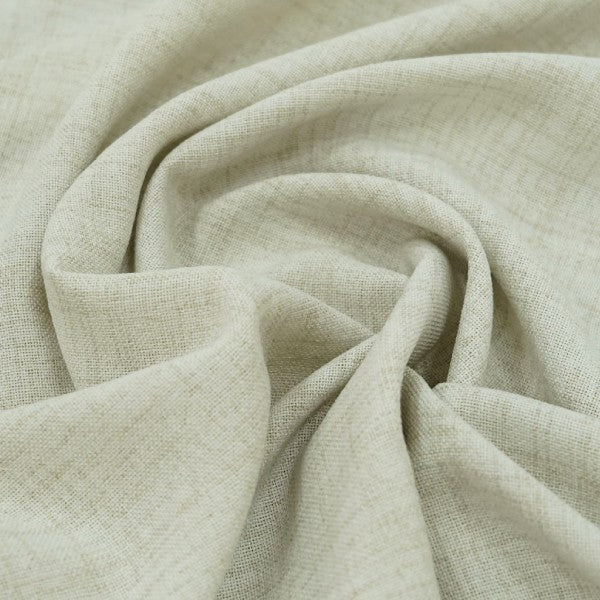
Plain Weave: The Simplest Yet Most Versatile Fabric
Share
Among all fabric constructions, the plain weave stands as the most fundamental and widely used. Despite its simplicity, it forms the foundation for countless types of fabrics — from crisp cotton shirts to durable canvas and luxurious silks. Its balance, strength, and adaptability make it one of the most essential weaves in the textile world.
What is a Plain Weave?
The plain weave is the most basic interlacing pattern in fabric construction. It’s created by weaving the weft yarns (horizontal threads) over and under the warp yarns (vertical threads) in an alternating pattern.
This simple “one-over, one-under” structure produces a balanced, flat surface that’s durable and firm. Because of this even construction, plain weave fabrics are versatile, long-lasting, and easy to produce, making them the backbone of the textile industry.
Characteristics of Plain Weave
Despite being simple, plain weave fabrics possess several qualities that make them exceptionally useful across categories:
- Strong and Durable: The tight interlacing provides structural strength and resists wear and tear.
- Good Dimensional Stability: The fabric maintains its shape even after repeated use or washing.
- Balanced Surface: It has a uniform texture, giving it a clean and consistent appearance.
- Less Elasticity: The tight weave allows minimal stretch, ideal for garments requiring structure.
- Easy to Print and Dye: The smooth surface readily absorbs dyes and prints, allowing vibrant designs.
These characteristics make plain weave fabrics suitable for both everyday clothing and high-end textile applications.
Common Fabrics Made Using Plain Weave
The plain weave structure is used to make a wide variety of well-known fabrics, each with its own texture and purpose:
- Cotton Poplin: Lightweight and breathable, perfect for shirts and dresses.
- Chiffon: Sheer and airy, ideal for blouses and scarves.
- Canvas: Heavy and durable, often used in bags, shoes, and upholstery.
- Organza: Crisp and transparent, popular in eveningwear and bridal fashion.
- Muslin: Soft and lightweight, used for prototypes and everyday garments.
This versatility shows how the same weaving technique can produce fabrics ranging from delicate and sheer to tough and rugged — all depending on the yarn type and thickness used.
The plain weave’s uniform interlacing pattern gives it a matte appearance and a crisp texture, in contrast to the lustrous finish of satin or the diagonal ribs of twill. This makes it the perfect choice for clothing and fabrics that need both simplicity and durability.
Applications of Plain Weave Fabrics
The plain weave’s adaptability makes it one of the most used weaves in textile production. You can find it in:
- Apparel: Shirts, dresses, trousers, skirts, and linings.
- Home Textiles: Curtains, bed linens, cushion covers, and upholstery.
- Industrial Uses: Canvas, technical fabrics, and reinforcement materials.
- Fashion and Luxury: Lightweight silks and blended fabrics for elegant silhouettes.
Because it’s so easy to manipulate through yarn type, density, and finishing, plain weave can suit both casual and luxury markets effortlessly.
Why Plain Weave is the Foundation of Fabric Design
Every complex weave, from twill to jacquard, finds its roots in the plain weave. Its simplicity allows designers and weavers to experiment with textures, finishes, and fibers — making it the most versatile and reliable fabric construction known to the textile world.
It’s the weave that started it all — strong in structure, balanced in design, and endless in possibility.
Final Thoughts
The plain weave may be the simplest form of weaving, but its impact on the textile industry is immense. Its balanced texture, durability, and adaptability make it the go-to choice for countless fabrics we use every day. From crisp cotton shirts to fine silk organza, the plain weave remains a timeless example of how simplicity can lead to versatility and elegance.
